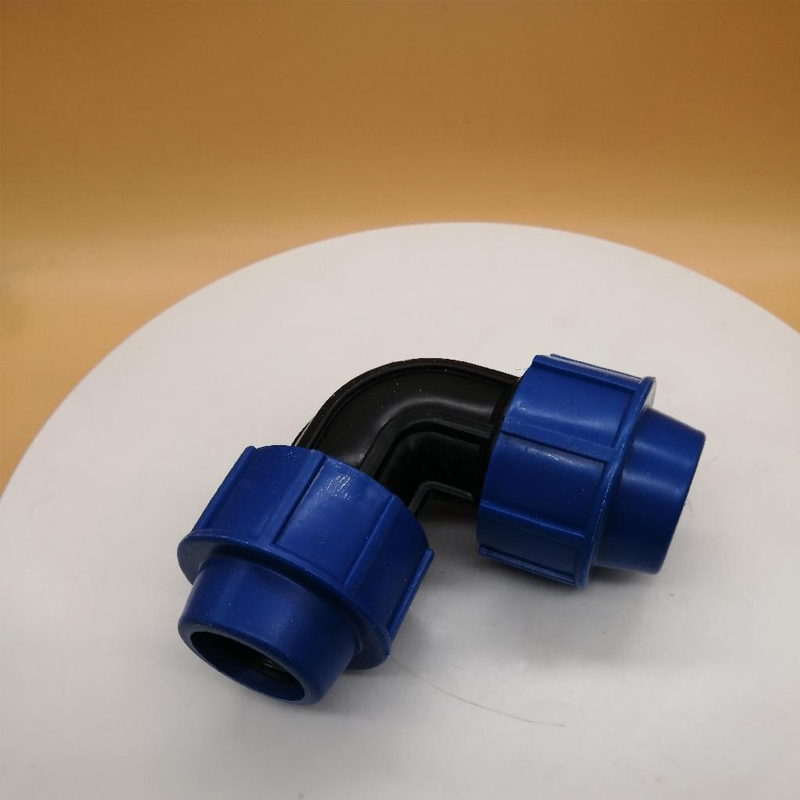Nov . 09, 2024 16:06 Back to list
Exploring Comprehensive Applications of PPR Pipes in Various Industries and Projects
PPR Pipes The Solution for Modern Plumbing Needs
In recent years, the construction and plumbing industries have seen a significant shift toward the use of modern materials that offer improved performance and longevity. One such material that has gained substantial traction is Polypropylene Random Copolymer (PPR). PPR pipes have emerged as a reliable solution for various plumbing applications, including water supply systems, irrigation, and heating installations. This article explores the benefits, features, and applications of PPR pipes, highlighting why they are becoming a preferred choice among professionals.
What Are PPR Pipes?
PPR pipes are made from a thermoplastic polymer known as polypropylene, specifically designed for moderate heating and hot water applications. The “random” in the name refers to the molecular structure of the copolymer, which enhances its flexibility and resistance to cracking. PPR pipes come in various diameters and thicknesses, making them versatile for different plumbing needs. They are typically available in green and white colors, with different grades tailored for specific pressure ratings.
Key Benefits of PPR Pipes
1. Durability and Longevity
One of the most significant advantages of PPR pipes is their outstanding durability. They have a long lifespan, often exceeding 50 years, under normal operating conditions. PPR pipes are resistant to corrosion, chemical damage, and scale build-up, which ensures they maintain integrity even in challenging environments.
2. Temperature Resistance
PPR pipes can withstand high temperatures, making them ideal for both hot and cold water applications. They can handle temperatures up to 95 degrees Celsius (203 degrees Fahrenheit), which is suitable for domestic hot water systems and heating applications. Their ability to cope with thermal expansion and contraction means that they are less likely to crack or fail under high-pressure conditions.
3. Lightweight and Easy to Install
ppr pipes in full product

PPR pipes are significantly lighter than traditional metal pipes, reducing transportation costs and making installations easier. Their lightweight nature allows for quick and straightforward handling, which can save labor time and costs during installation. Moreover, PPR pipes can be connected using a fusion welding process, eliminating the need for additional fittings and reducing the chances of leaks.
4. Hygienic Properties
PPR pipes are non-toxic and do not leach harmful chemicals into the water, ensuring safe drinking water supply. They are also resistant to microbial growth, preventing contamination and promoting healthier water delivery systems.
5. Cost-Effectiveness
Investing in PPR piping systems can lead to significant savings over time. While the upfront cost is competitive with traditional piping materials, the longevity, minimal maintenance needs, and energy efficiency can translate into long-term cost savings.
Applications of PPR Pipes
PPR pipes are used in various applications across multiple sectors, including
- Residential Plumbing Ideal for both hot and cold water supply lines, PPR pipes are widely used in homes for extensive plumbing networks. - Commercial Buildings Their durability and performance make PPR pipes suitable for large-scale plumbing installations in hospitals, schools, and commercial buildings. - Industrial Applications PPR pipes are used in various industrial processes where chemical resistance is essential, such as in chemical factories and food processing. - Heating Systems PPR pipes are popular in underfloor heating systems and radiators because of their thermal properties and flexibility.
Conclusion
The adoption of PPR pipes in the plumbing industry marks a significant advancement in building materials, showcasing a shift toward more sustainable and efficient solutions. Their impressive range of benefits—including durability, temperature resistance, hygienic properties, and cost-effectiveness—makes them an excellent choice for various applications. As the construction and plumbing sectors continue to evolve, PPR pipes will likely play an increasingly vital role in creating safe, efficient, and long-lasting water delivery and heating systems. Whether for residential, commercial, or industrial use, PPR pipes stand out as a modern solution that meets the demands of today’s infrastructure needs.
-
High-Quality PVC Borehole Pipes Durable & Versatile Pipe Solutions
NewsJul.08,2025
-
High-Quality PVC Perforated Pipes for Efficient Drainage Leading Manufacturers & Factories
NewsJul.08,2025
-
High-Quality PVC Borehole Pipes Durable Pipe Solutions by Leading Manufacturer
NewsJul.08,2025
-
High-Quality PVC Borehole Pipes Reliable PVC Pipe Manufacturer Solutions
NewsJul.07,2025
-
High-Quality UPVC Drain Pipes Durable HDPE & Drain Pipe Solutions
NewsJul.07,2025
-
High-Quality Conduit Pipes & HDPE Conduit Fittings Manufacturer Reliable Factory Supply
NewsJul.06,2025

